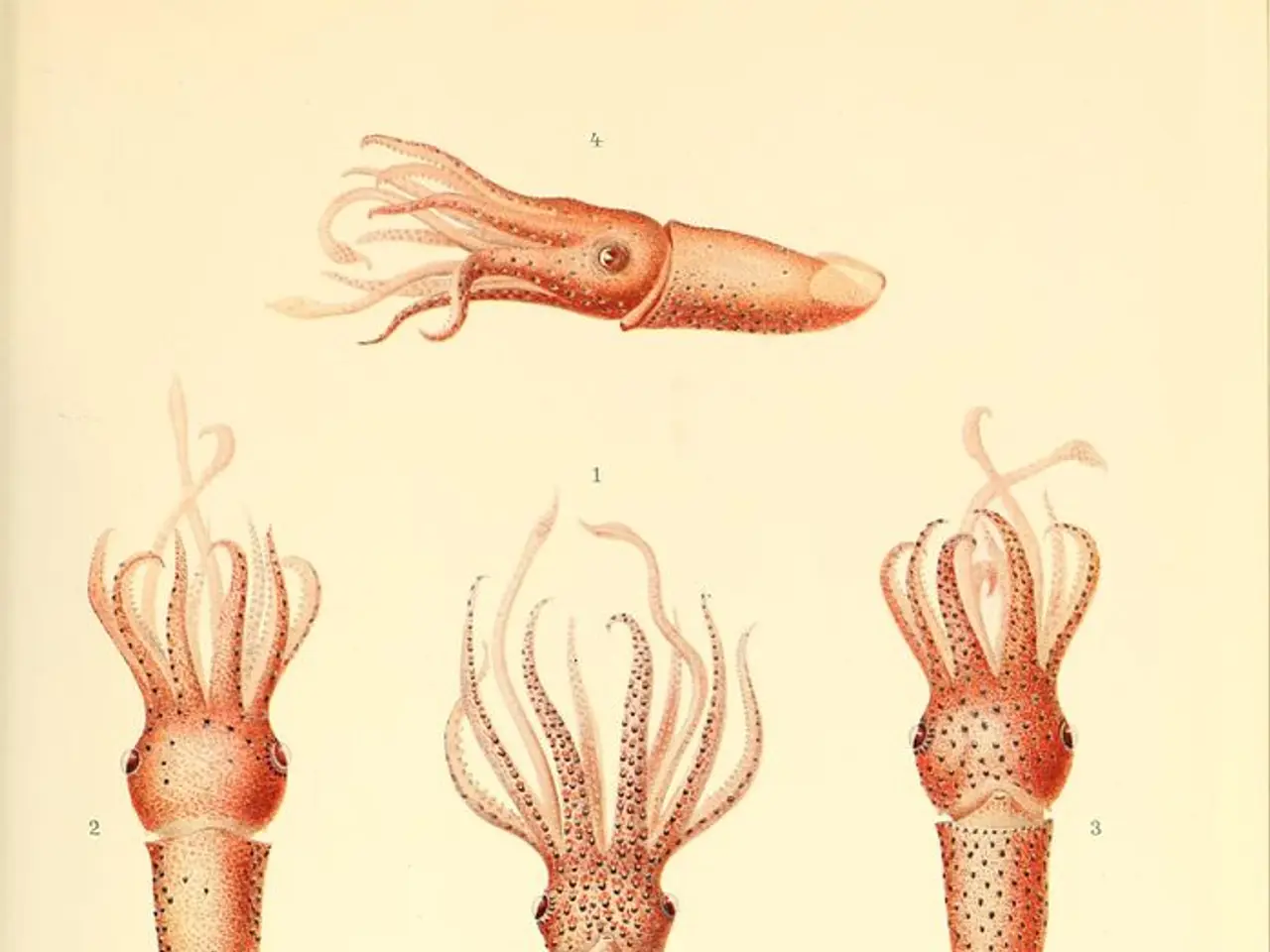Octopuses adjust their appearance due to a variety of strange and intriguing motivations
In the depths of the ocean, a world of wonder and mystery unfolds. Among its inhabitants, the cephalopods—octopuses, cuttlefish, and squids—stand out for their remarkable ability to change the colour, shape, and texture of their bodies.
One of the most fascinating examples is the cuttlefish, capable of splitting its mantle in two and showcasing both courtship and deceptive patterns simultaneously. This unique display is not just limited to the cuttlefish; the tropical octopus (Octopus laqueus) can pulse dark patterns to create an inverse illusion, making it appear as if it is moving while remaining still, tricking prey into moving out of hiding spots.
Octopuses and cuttlefish are covered in small bumps, flaps, branches, and ridges called papillae, each providing a surface for millions of pigment-filled sacs called chromatophores. The common day octopus (Octopus cyanea) can change its skin colour to blend with sandy surfaces, rocks, and corals, while the deep-dwelling purple octopus sports a bumpier skin as it adapts to the increased pressure at greater depths.
The colour and pattern changes in their skin are not just for camouflage; they also serve as a window into the cephalopod's mind. Researchers are using these changes to parse what's going on in their minds, with their skin likely reflecting their fear, stress, aggression, or desire to mate. For instance, some octopus species can turn their bodies dark and cloudy, darken their eyes, stretch out their body and arms to look bigger and stand taller when threatened.
Mimic octopuses take this a step further, impersonating other animals that are more threatening or venomous than they are. The small male Australian giant cuttlefish, for example, changes its colour and posture to impersonate females, getting close to other females and mating with them under the nose of a larger male.
Communication between cephalopods is also facilitated through colour changes. When communicating with each other, male day octopuses (Octopus Cyanea) flash black stripes down their bodies, while male Caribbean reef squids (Sepioteuthis sepioidea) turn a rich, dark red. Social Humbolt squids (Dosidicus gigas) use light produced by cells called photophores to create a luminous backdrop against which they display their colour changes, likely for organizing swimming in schools during their daily vertical migration.
Footage of an octopus flickering different colours during its sleep has been used to study whether cephalopods dream during their slumber, while the researcher investigating the connection between brain activity in cephalopods and the colour and shape changes of their skin remains unidentified in the provided search results.
One theory suggests that the octopus's colour changes are a physical manifestation of an internal state, and their electric skin may be showing what they're thinking, as argued by Tessa Montague, a cephalopod neuroscientist at Columbia University.
Cephalopods, with their ability to change their appearance faster than the blink of an eye, continue to captivate scientists and the public alike with their extraordinary adaptability and intelligence. As research continues, we may uncover even more secrets about these fascinating creatures and their remarkable abilities.
Read also:
- Nightly sweat episodes linked to GERD: Crucial insights explained
- Antitussives: List of Examples, Functions, Adverse Reactions, and Additional Details
- Asthma Diagnosis: Exploring FeNO Tests and Related Treatments
- Unfortunate Financial Disarray for a Family from California After an Expensive Emergency Room Visit with Their Burned Infant








